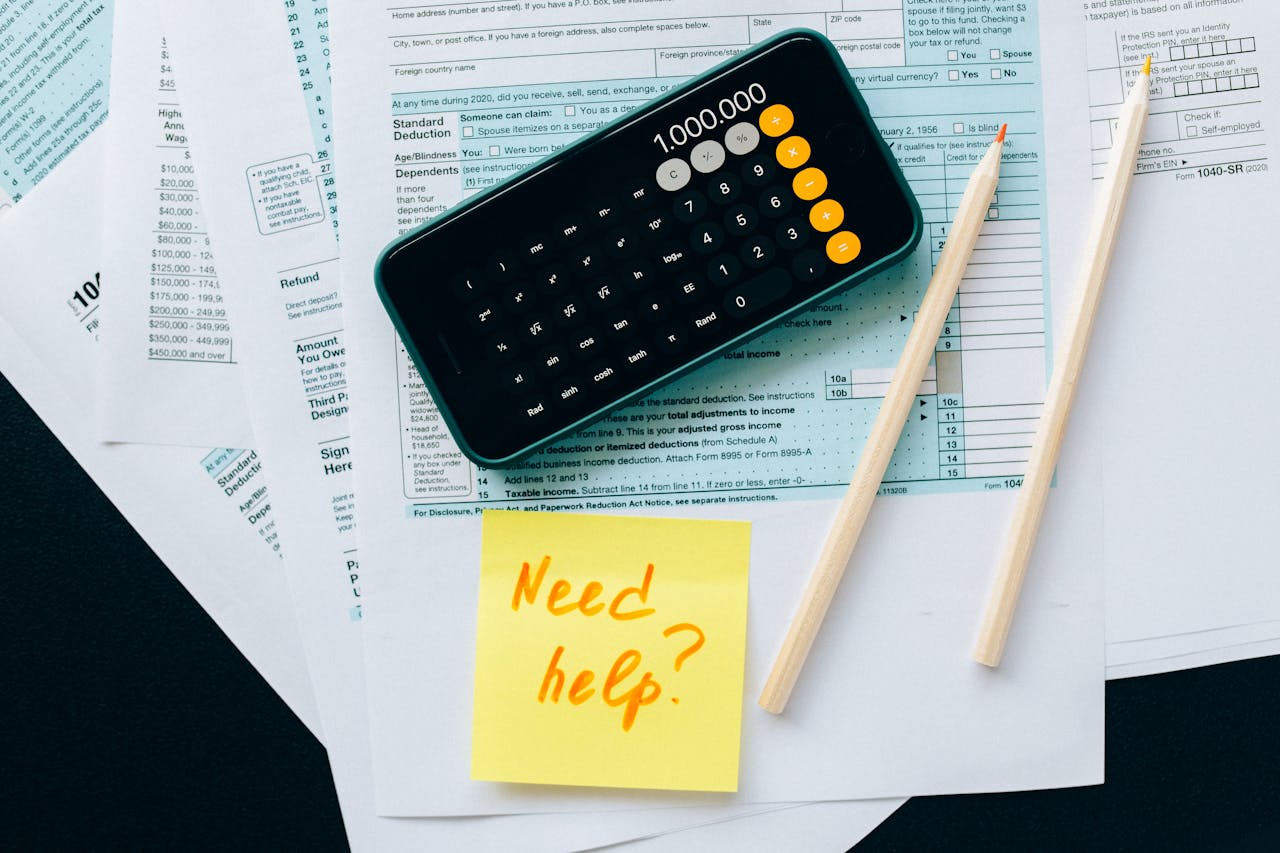1. 2025 Best Budgeting Apps: Why Are They More Essential Than Ever?
The Growing Popularity of Personal Finance Apps
According to a 2024 report from Statista, the number of users relying on budgeting apps has increased by 22% globally, and by 2025, over 60% of users in the U.S. and Europe are expected to use these tools. A study from Forbes also found that 75% of millennials in the U.S. use at least one financial app, and Gen Z’s reliance on digital finance is even stronger.
Common Problems with Traditional Budgeting
Many people still use Excel sheets to track income and expenses, or worse—rely on guesswork. However, these methods often lead to:
- Overspending due to a lack of structured budget planning
- Uninformed investments based on market hype rather than strategy
- Slow savings growth due to the absence of automated saving plans
How Do Digital Finance Tools Solve These Issues?
Budgeting apps are designed to address these problems by offering:
Automated bank account syncing for real-time tracking
AI-driven insights to create personalized budgets
Investment tracking to optimize portfolios
Automated savings goals to ensure long-term financial health
2. Top Budgeting Apps in 2025 (Categorized Recommendations)
| Category | Recommended Apps | Best for |
|---|---|---|
| All-in-One Finance Management | Mint, YNAB | Users who want complete financial oversight |
| Budgeting & Expense Tracking | PocketGuard, GoodBudget | Users looking to control monthly spending |
| Investment & Wealth Management | Personal Capital, Empower | Users with investment portfolios |
| Automated Savings Tools | Qapital, Digit | Users who want to build savings habits |
| Best Free Budgeting Apps | EveryDollar (Basic), Spendee (Free) | Users on a tight budget |
3. In-Depth Comparison: Which Budgeting App is Right for You?
To help you make an informed decision, we’ve broken down the top apps based on key features, benefits, drawbacks, and ideal users:
| App | Core Features | Pros | Cons | Best for | Price |
|---|---|---|---|---|---|
| Mint | Budget tracking, auto-categorization | User-friendly, supports multiple accounts | Ads can be intrusive | Beginners in budgeting | Free |
| YNAB (You Need A Budget) | Zero-based budgeting system | Advanced planning tools | Steep learning curve | Users who want strict budgeting | $14.99/month |
| Personal Capital | Investment & asset tracking | Strong investment analysis tools | Requires high net worth for premium features | Investors & high-net-worth individuals | Free (basic) |
| Empower | Retirement & wealth management | AI-powered investment insights | Premium features require a subscription | Long-term financial planners | $8/month |
| PocketGuard | Income & expense tracking | Displays “available-to-spend” amount | Limited bank compatibility | Users who struggle with monthly expenses | Free + $7.99/month premium |
| Qapital | Savings goals & automation | Customizable savings rules | U.S.-only banking support | Users building saving habits | $3-$12/month |
4. Key Trends in Budgeting Apps for 2025
How AI Is Revolutionizing Budgeting
AI-driven financial apps are reshaping how people manage their budgets. For example, both Mint and PocketGuard use AI to analyze spending patterns and suggest budget adjustments. According to Insider Intelligence, the market for AI financial advisors is projected to grow by 35% in 2025, meaning these apps will continue becoming smarter and more intuitive.
The Rise of Crypto & Web3 Finance Management
As cryptocurrencies gain mainstream adoption, budgeting apps are now incorporating digital asset tracking. Personal Capital allows users to connect crypto wallets to monitor their holdings automatically. In the future, more apps may integrate DeFi (decentralized finance) solutions for managing personal wealth.
Security & Privacy Concerns
With rising cybersecurity threats, users are prioritizing financial apps with strong security features. When choosing an app, ensure it offers:
End-to-end encryption for secure data transmission
Two-factor authentication (2FA) for account protection
Strict no-data-sharing policies to maintain privacy
5. FAQs: Answering Common Questions
Q1: Which app is best for budgeting beginners?
If you prefer an easy-to-use tool, Mint is a great choice.
If you want a structured budgeting approach, YNAB is better suited.
Q2: Are there any completely free budgeting apps?
Mint and PocketGuard (Basic) offer free plans.
EveryDollar (Basic) also provides free budget tracking.
Q3: How can I ensure my financial data is secure?
Use apps with bank-level encryption, like Personal Capital.
Enable 2FA authentication to protect against fraud.
6. Which Budgeting App Should You Choose?
- For beginners, go with Mint (free & easy to use).
- For advanced budgeting, choose YNAB (zero-based budgeting).
- For investment tracking, opt for Personal Capital or Empower.
- For savings automation, try Qapital or Digit.
With the right budgeting app, you can take control of your finances, optimize spending, and achieve long-term financial stability.







